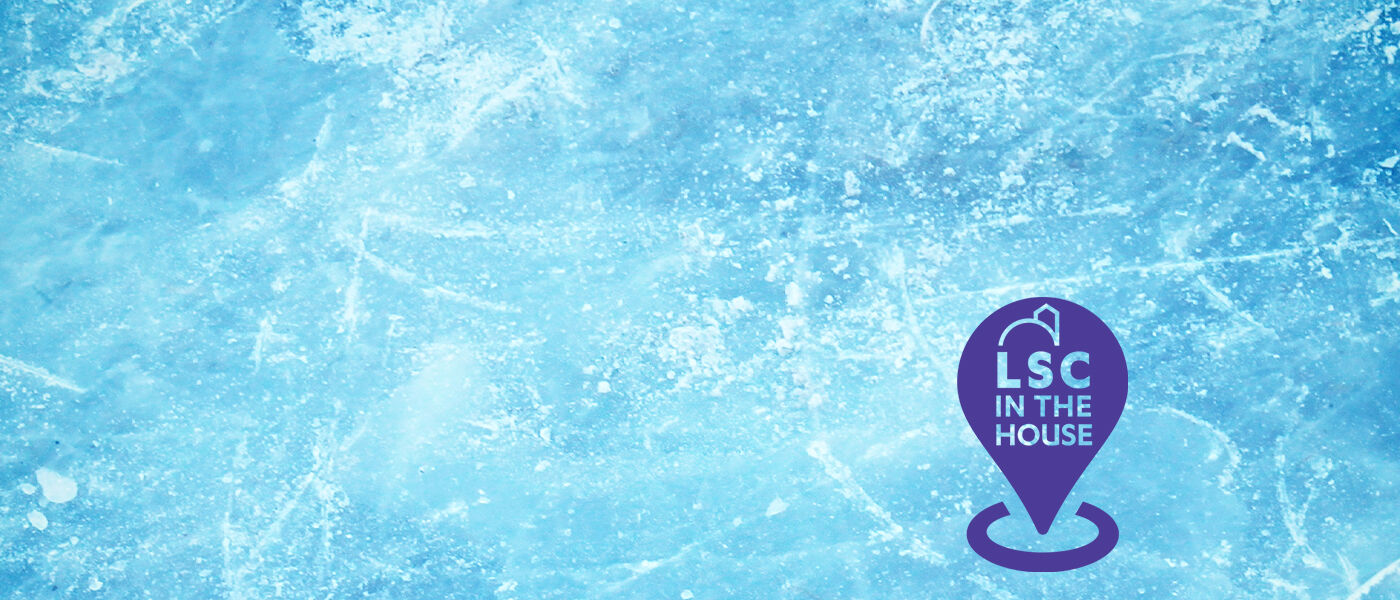The Freeze-Thaw Effect
Activity Time: One day
Recommended Grades: 1 - 8
Objective: Make observations of water expansion when frozen and its impact on moist soils.

- Wide-mouth paper cups
- Rulers
- Water
- Sediment/soil
- Freezer
- Pencil or marker
- Paper or worksheet to record measurements

- Fill three sample cups to the same level, about half full. The first should contain dry soil, the second should contain water and the third should be filled with soil and water mixed to create a moist, packable mud. The mixture should not be too wet and soupy. Soil and mud cup contents should be packed down and leveled.
- Record observations of how samples look once they are prepared.
- Carefully mark the top of the water or soil levels in each sample cup with a pencil or marker before placing the cups in the freezer overnight.
- When samples are removed from the freezer, again mark the top of the soil or water in the cups. Record observations of the frozen surfaces, then remove and discard the contents of the cups and measure any change in the height of the contents between room temperature and frozen states.
- Construct an explanation of your results based on evidence of observed changes in the surfaces, the role of water in this experiment, and how the movement and presence of water could impact the natural environment in winter.
- Can you connect your observations to the frequency of potholes in roads throughout winter and into spring?

Water plays a significant role in weathering and erosion of Earth’s surface. As water freezes, it expands, producing frost heaving of natural and manmade surfaces. Repeated cycles of freezing and thawing throughout the winter increase the amount of weathering, breaking up some surfaces—including pavement.
